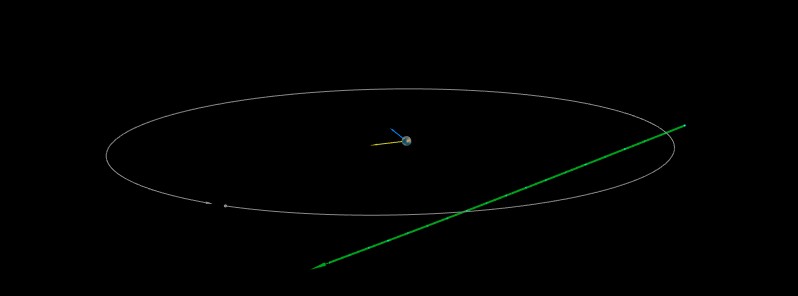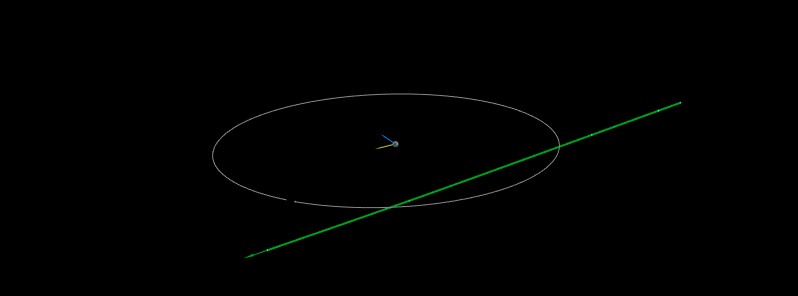CIRES is a partnership of NOAA and CU Boulder.Twice a day, at dusk and just before dawn, a faint layer of sodium and other metals begins sinking down through the atmosphere, about 90 miles high above the city of Boulder, Colorado. The movement was captured by one of the world’s most sensitive “lidar” instruments and reported Tuesday in the AGU journal Geophysical Research Letters.
The metals in those layers come originally from meteoroids blasting into Earth’s atmosphere, which bring an unknown amount of material to earth; and the regularly appearing layers promise to help researchers understand better how earth’s atmosphere interacts with space, ultimately supporting life.
“This is an important discovery because we have never seen these dusk/dawn features before, and because these metal layers affect many things.
The metals can fall into the ocean and act as fertilizer for ecosystems, the ionized metals can affect GPS radio signals….” said Xinzhao Chu, CIRES Fellow, CU Boulder professor of Aerospace Engineering Sciences, and lead author of the new assessment.
It is the first time that the metal layers have been seen so regularly at these extreme heights in the atmosphere. Such high-altitude metal layers were discovered by Chu’s group just 10 years ago above McMurdo, Antarctica, but there they occur more sporadically. Above Boulder, they’re consistent, daily, and synched with high-atmospheric “tidal winds” created by the sun’s periodic appearance. To understand those winds, the research team relied on data from NASA’s ICON satellite.
“This work was the very first use of the ICON tidal wind product. The product allowed Xinzhao’s team to calculate the flow of metal ions over Boulder. It’s a great example of how these tides seem to affect everything in space near Earth,” said Thomas Immel, Principal Investigator of the ICON Mission and a physicist at UC Berkeley's Space Sciences Laboratory.
“Consistent daily patterns seen in our Boulder observations tell us that there are unknown processes at play, a golden opportunity for atmospheric scientists to discover new phenomena and mechanisms,” said Jackson Jandreau who worked alongside Chu and Yingfei Chen in this study. Chen and Jandreau are both PhD students in Chu’s group.
The discovery also gives researchers a window into a crucial part of the atmosphere that is challenging to observe. It’s a complicated region where interactions between the sun, earth, our planet’s magnetic field, and other phenomena end up creating environmental conditions in which surface life can thrive, protected from the harsh space environment.
Intriguingly, Chu said, “There are metals in the atmospheres of other planetary bodies, such as Mars, and researchers look for Earth-like features on exoplanets as indicators for hospitable environments. Can these metal layers be one of these features?”
Her team used a powerful atmospheric lidar to detect and measure very small quantities of particles in the high atmosphere. Lidar is similar to radar: a signal is sent out towards a target and the target returns part of that signal which is collected by a receiver. In radar, the signal is radio waves; in lidar, it is photons from a laser. The return signal can be analyzed to learn about the targets hit and the space that the beam traveled through. Chu’s group developed the highly sensitive instrument with funding from the National Science Foundation.
The National Science Foundation funded both the Boulder and McMurdo lidar projects, grants AGS-1452351, AGS-2029162, and OPP-1443726.
Events in 2021 3092-2021
Jun 1, 2021





